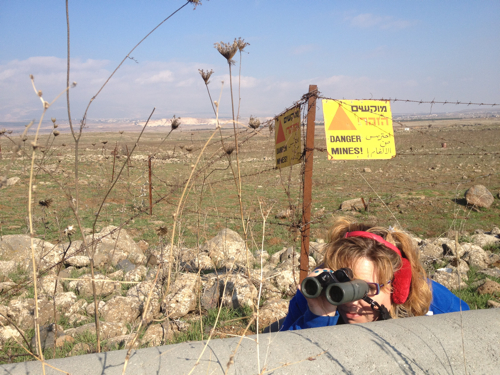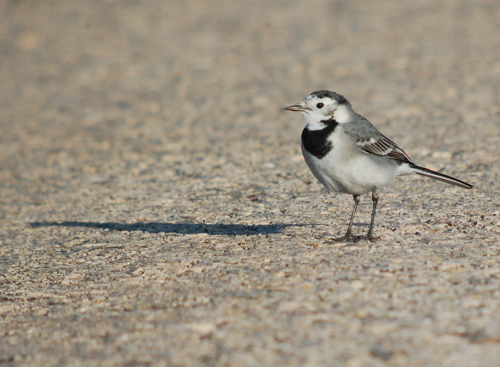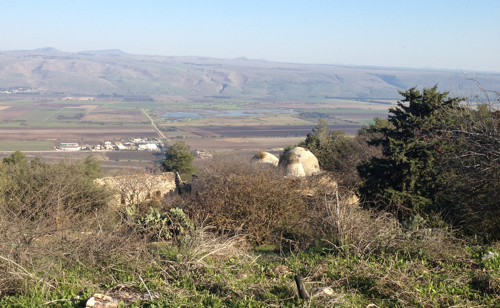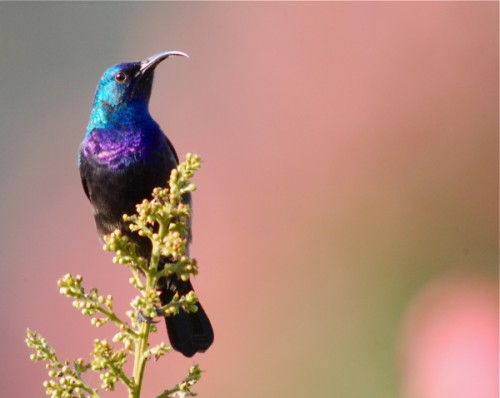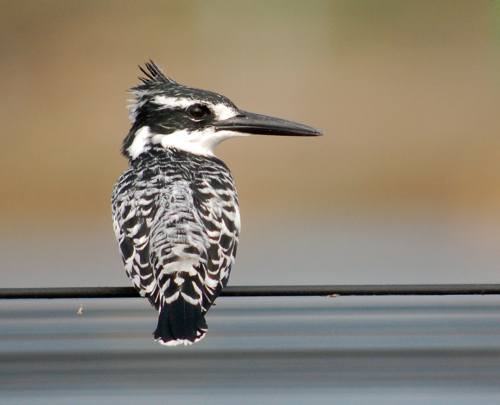 One of the big highlights visiting the Hula Valley in Israel was all the kingfisher action. This is a pied kingfisher, about the size and shape of belted kingfishers but are all crazy black and white. And unlike the kingfishers in my state are incredibly cooperative:
One of the big highlights visiting the Hula Valley in Israel was all the kingfisher action. This is a pied kingfisher, about the size and shape of belted kingfishers but are all crazy black and white. And unlike the kingfishers in my state are incredibly cooperative:
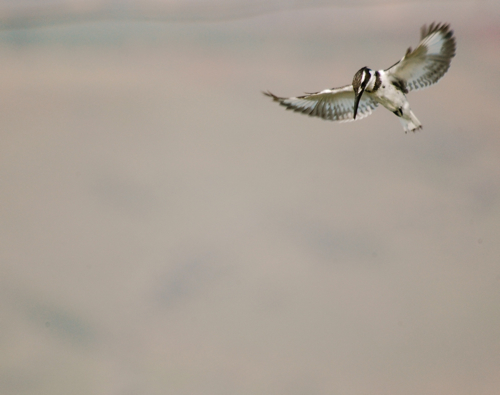
The pieds were especially obliging and would hover quite close allowing for photo opportunities! They were an easy species to watch, we had them along the beach outside of our hotel in Tel Aviv, they perched nearby when we were watching cranes in the valley and they were all over around the fish ponds.
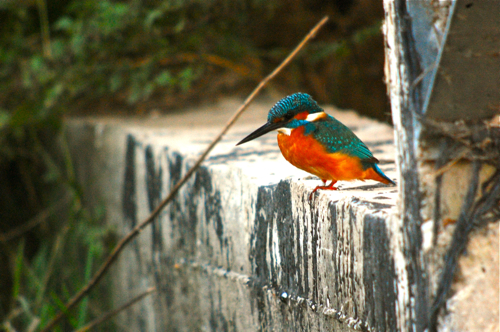
This is the common kingfisher and about six inches long is about the cutest thing on wings. It zips around like a little race car.
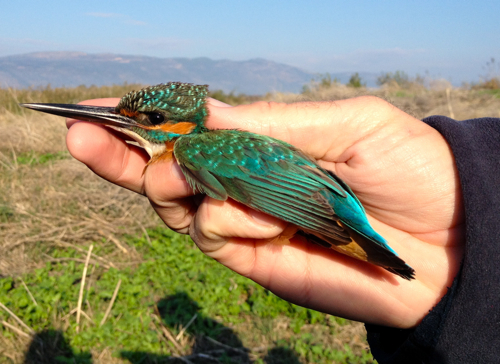
Here's an example of how tiny they are. This bird was part of a banding operation going on at the Agamon Hula.
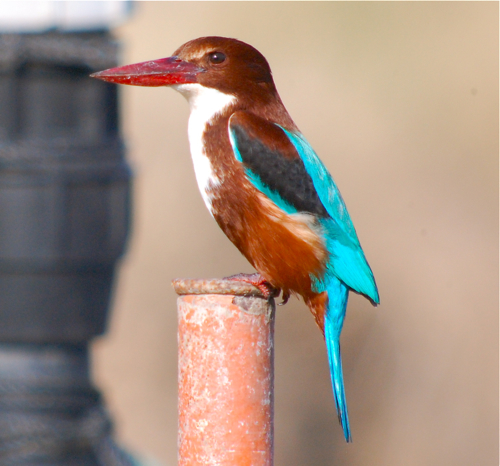
Then there's this bad boy. This is the white-throated kingfisher or Smyrna kingfisher. And the blue on the back looks as though it can't exist in nature, yet it does. Now even though this is called a kingfisher, note its shape. It's shaped more like a kookaburra. And though it will eat fish, these guys will also go for snakes, frogs, lizards and small rodents.
Just a few more examples of the really cool birds you can see in the Hula Valley.

